2021
Type of resources
Available actions
Topics
INSPIRE themes
Keywords
Contact for the resource
Provided by
Years
Formats
Representation types
Update frequencies
status
Scale
Resolution
-
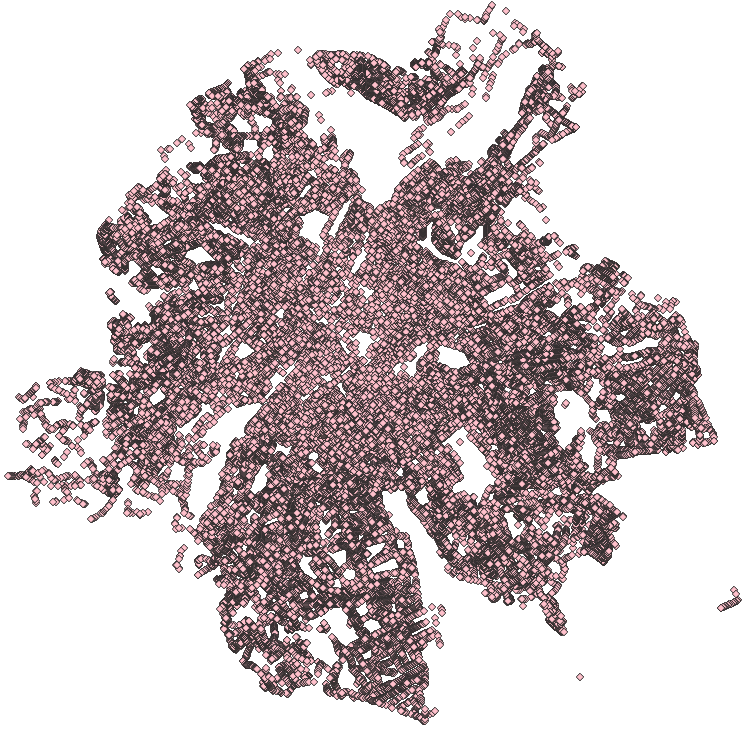
This dataset contains the access roads, whether parking is allowed or not, in the Brussels-Capital Region, categorised by type of reglementation, orientation and situation.
-

This dataset corresponds to the total occupancy rate of parking demand in 2019 by the different modes of transport (cars and vans, motorised two-wheelers, lorries, other) on all the roads in the Brussels-Capital Region.
-
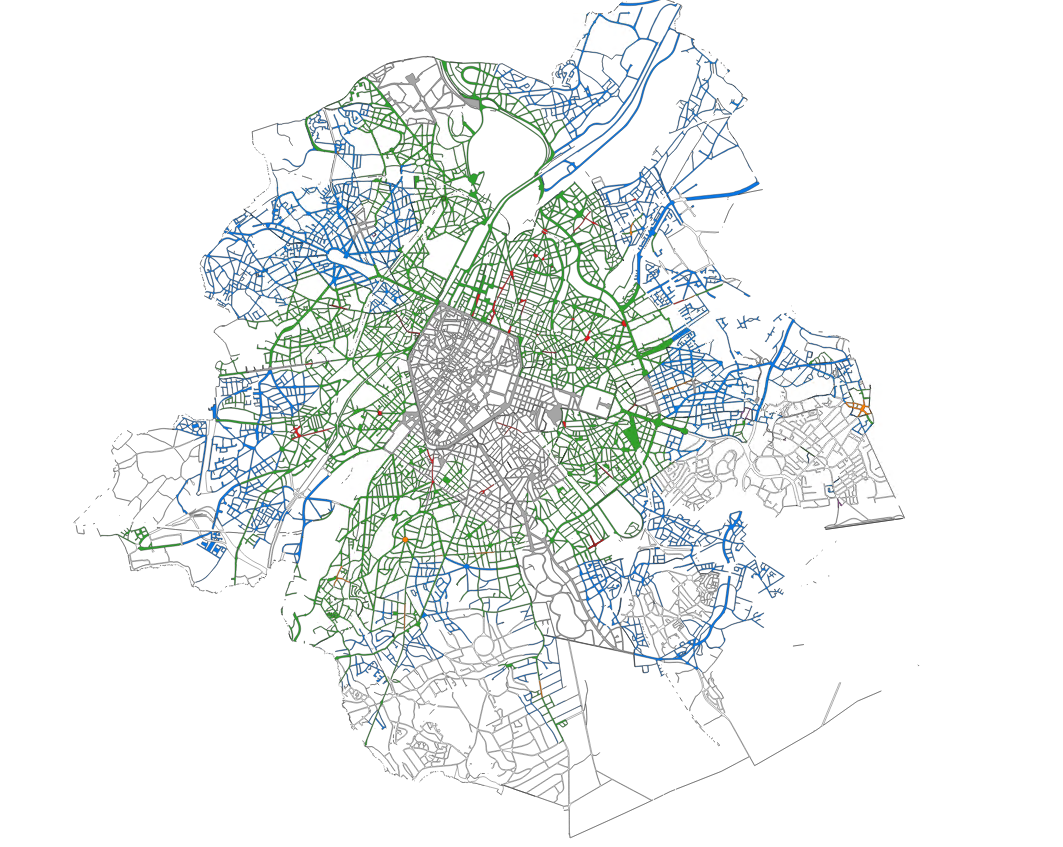
The dataset provides information on the tariff regulations that apply to street parking in the municipalities of the Brussels-Capital Region. It includes details on the spatial coverage and the time-specific application, as well as information on parking durations and fees.
-

The product Airborne LiDAR (Light Detection and Ranging) pountcloud provides a three-dimensional vector model covering the Brussels-Capital region. This is the product of several LiDAR data collection campaigns captured from the air. The data is available in open data, via a visualization tool and direct download as a Las file.
-

This dataset corresponds to the total occupancy rate of parking demand in 2014 by the different modes of transport (cars and vans, motorised two-wheelers, lorries, other) on all the roads in the Brussels-Capital Region.
-
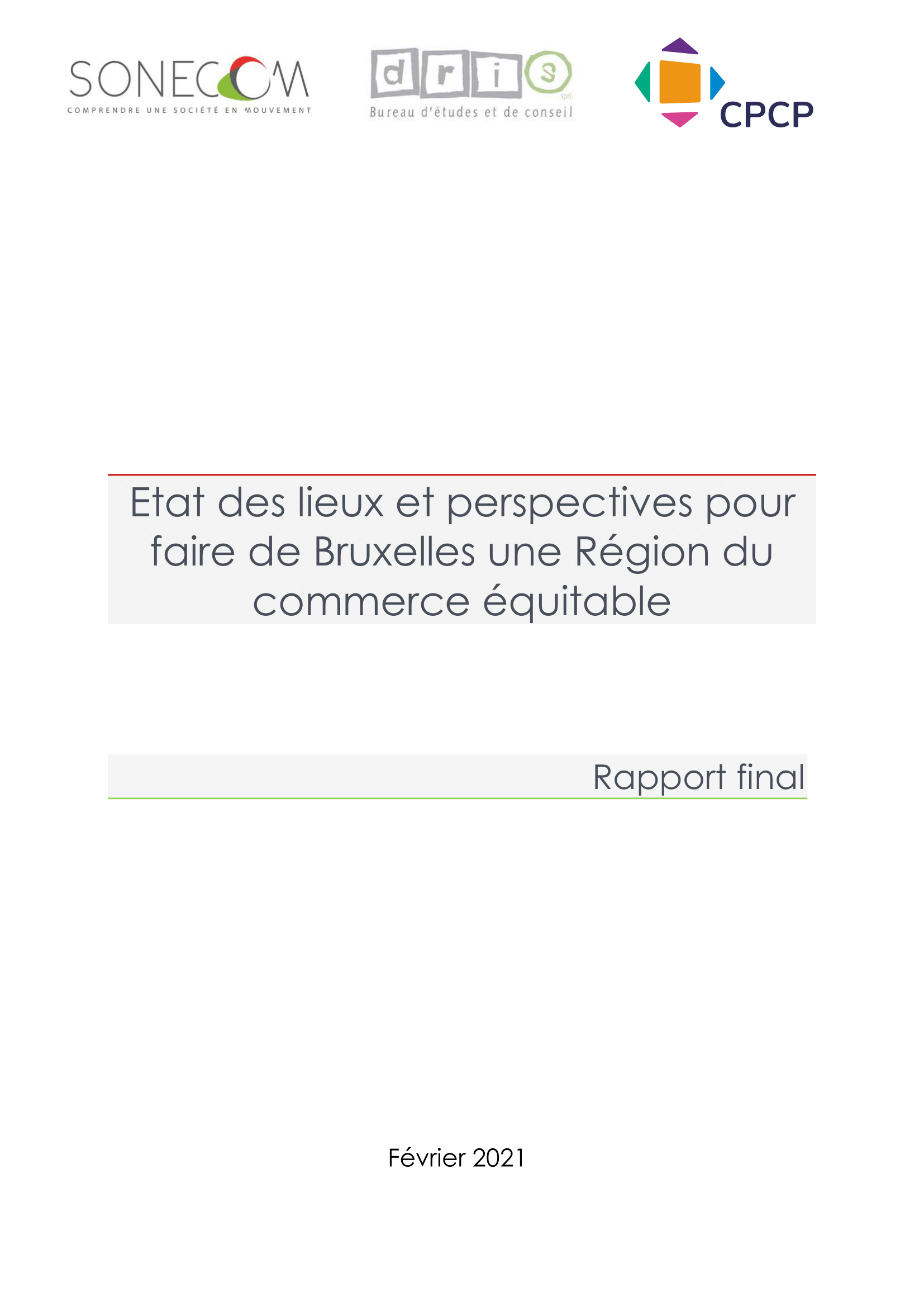
The general objective of this study was to have a more in-depth knowledge of the reality of Fair Trade in the Brussels-Capital Region.
-
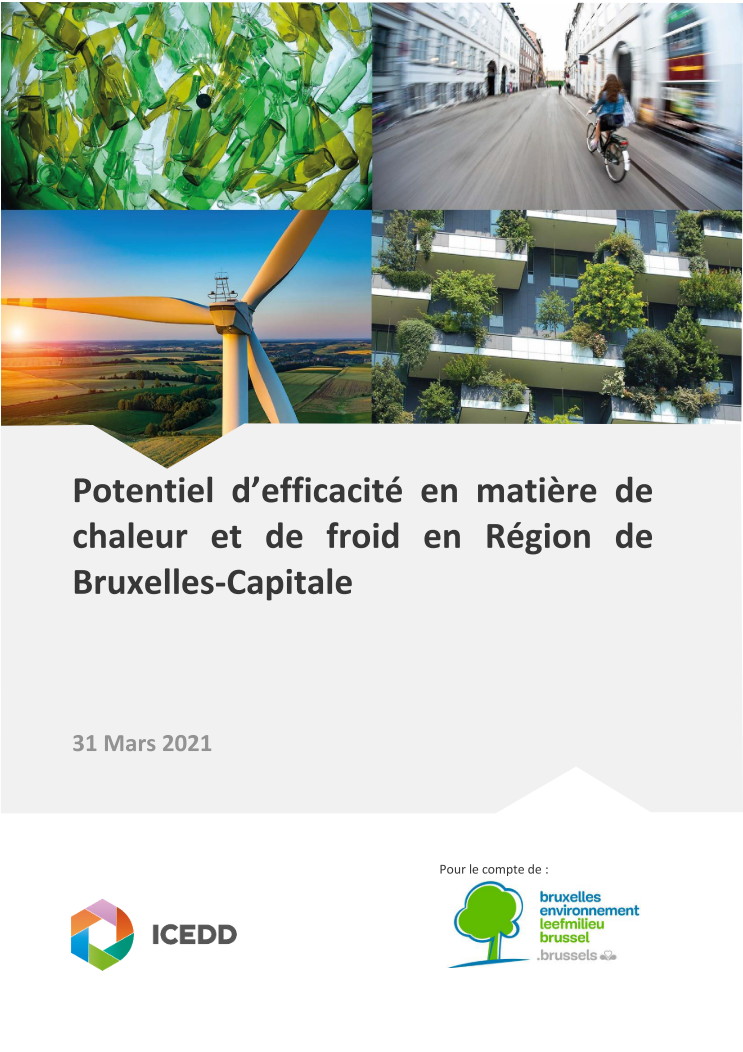
This study first characterises the current heat and cooling needs in the Brussels-Capital Region as well as the evolution of these needs until 2050. A mapping of these needs is then presented, as well as a visualisation of the main existing heat sources in the Brussels-Capital Region. The technical and economic potential of cogeneration is then calculated. Finally, the study compares the different solutions for meeting heat needs, including the distribution of heat in thermal energy networks.
-
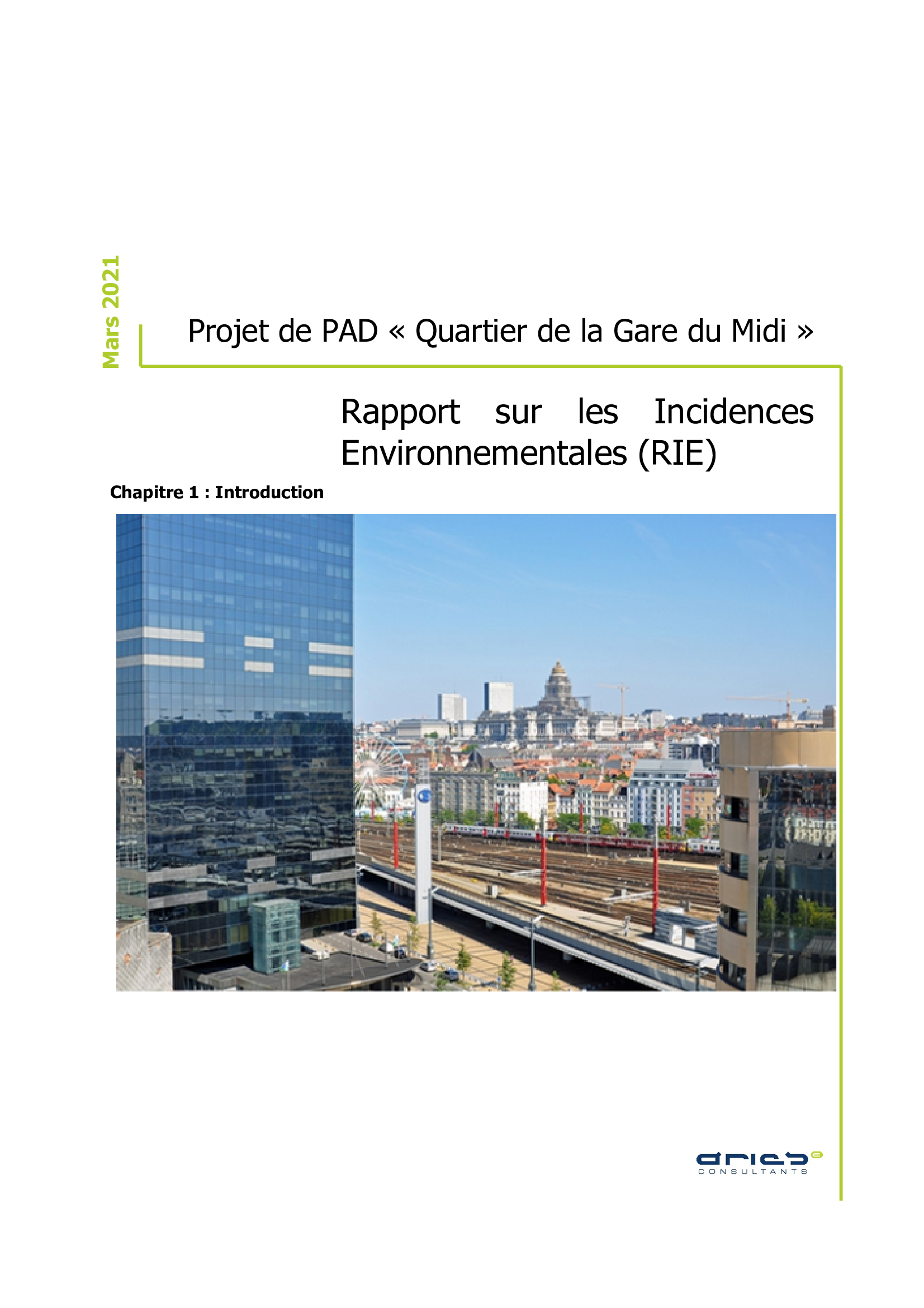
Master Development Plan (MDP) project of the "Gare du Midi area", Environmental Impact Report (EIR)
-
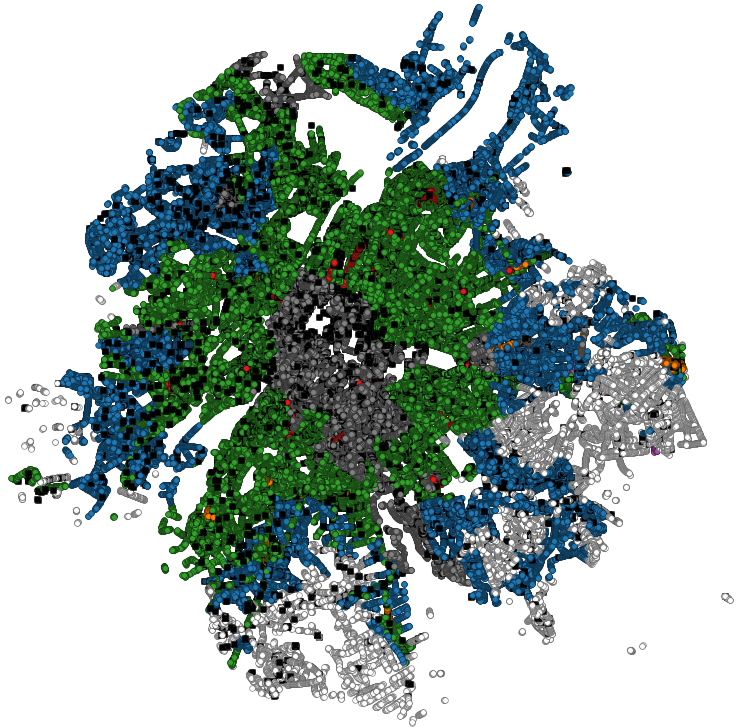
This dataset contains the on-street parking supply in the Brussels-Capital Region, categorised by type of reglementation, orientation and situation.
-

The UrbIS - Digital surface model product is a raster image capturing all the objects (natural or built) on the surface of the ground. The dataset is freely downloadable as a zipped file.
 Geobru catalogue
Geobru catalogue